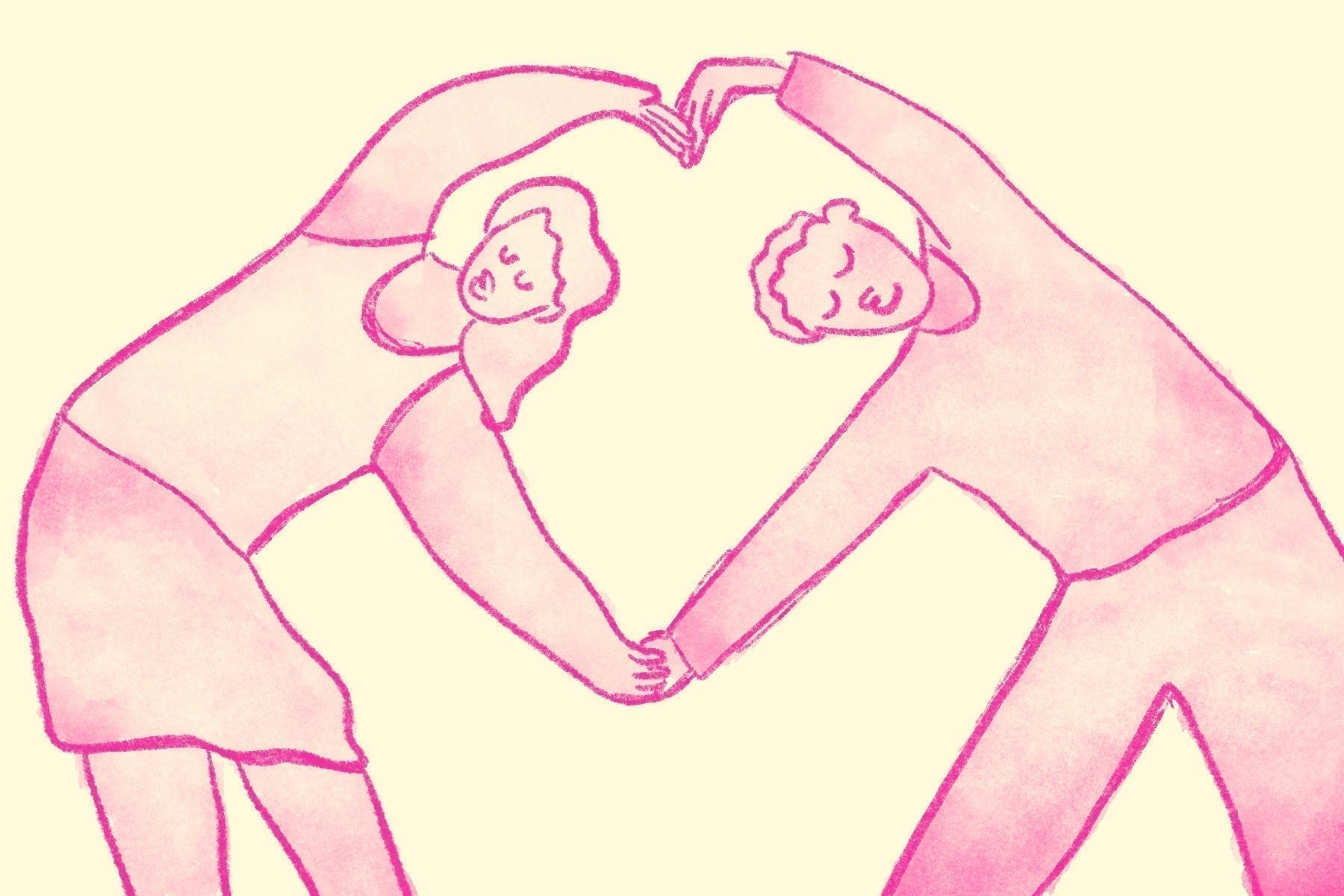Your cart is currently empty

Let’s get this out of the way: lingerie isn’t just lace and straps and silks—it’s a psychological experience. It’s not just for the bedroom or your partner’s gaze. It’s for your confidence, your brain chemistry, and yes, even your decision-making (more on that in a bit).

But what is it about lingerie that can make someone feel irresistible? Why does slipping into a red, lacy bra or a silk robe flick a switch in our brains? And what does neuroscience, rat jackets (seriously, wtf?), and cultural bias have to do with it?
Time to take a peek under the hood (or, um, corset). When it comes to lingerie, your brain is doing just as much as your body—if not more.
The Power of Red (Yes, It’s Scientific)
There’s a reason Valentine’s lingerie racks are full of red.
A study published in the Journal of Personality and Social Psychology (Elliot & Niesta, 2008) found that men rated women wearing red as significantly more attractive and sexually desirable than women wearing other colors—even when the clothing style was identical. But it’s not just men: women also view other women in red as more of a threat (or possible suitors, depending on their orientation) in romantic contexts.
That’s not about fashion. That’s evolutionary psychology at play—red signals sexual receptivity across species. You’re not imagining it: red lingerie is the brain’s version of a flashing neon sign.

Lingerie as a Confidence Tool
According to a 2010 study in Culture and Organization, women often report wearing lingerie not just to please a partner but to feel empowered, confident, and in control of their sexuality.
It’s a ritual. Think: you’re putting on something beautiful underneath your daily outfit. No one else may see it, but you know it’s there. That alone can change how you carry yourself, how you speak, how you engage with the world. It’s like a secret weapon strapped in satin.
Psychologist Carolyn Mair, author of The Psychology of Fashion, notes that what we wear under our clothes can have cognitive effects on our behavior. Feeling attractive can lead to better posture, more eye contact, and a boost in self-assurance. In other words, your matching set might be doing more than just coordinating.
The Rat Jacket Study (Yes, Really)
Now for the weirdest and most delightful science you’ll hear today: in a study by psychologist Jim Pfaus (2009), virgin male rats were allowed to mate with females who were fitted with little "jackets”. Later, when given a choice, the male rats preferred jacket-wearing females—even when they had no sexual experience with the unclothed ones.
Why does this matter? Because it shows how associations with visual cues and pleasure get hardwired. Lingerie, for humans, often becomes part of the mental connection we form between visual stimuli and arousal.
So yes, our brains are a little Pavlovian. Except instead of salivating over dinner bells, it’s garter belts and thigh-high stockings.
Objectification: The Flip Side
Let’s not lace this up in a bow without nuance. A 2011 study published in Journal of Personality and Social Psychology found that people perceived individuals in revealing clothing as having greater capacity for feeling (emotion) but less agency (control and intelligence).
This is crucial: while lingerie can be empowering, the way it's perceived by others is deeply shaped by cultural scripts. And those scripts often reduce people (especially women) to their physical form.

That’s not lingerie’s fault—but it’s why media literacy and conversations around consent, gaze, and objectification matter. Wearing lingerie isn’t anti-feminist. Assuming someone’s personality based on it? That’s the problem.
Lingerie Isn’t Just for the Male Gaze — Especially in Queer Relationships
For many queer folks, lingerie isn’t about performing for someone else — it’s about feeling like themselves. A 2016 study in the Archives of Sexual Behavior found that queer women often have more varied and communicative sexual experiences, with greater emphasis on sensuality and mutual pleasure. In that world, lingerie becomes a tool for self-expression and play — not just seduction.
That means lingerie can take on different meanings: not a performance, but a shared sensory experience. A piece of foreplay. A way to affirm identity. Or simply an aesthetic joy.
Marketing, Memory, and the Lingerie Fantasy
Let’s not ignore the fact that lingerie has been heavily marketed with fantasy-driven narratives. Push-up bras, waist-cinching corsets, crotchless panties—they're often sold as keys to male desire.
But that’s changing.

More brands now emphasize comfort, inclusivity, and body-positivity, challenging the idea that lingerie has to be painful or performative. And science supports that shift: when lingerie is chosen by the wearer for self-pleasure or comfort, it actually increases arousal and satisfaction
So, whether you wear cotton briefs or full boudoir sets, it’s all about intention and agency. That’s the real turn-on.
TL;DR: Your Brain on Lingerie
-
Color cues like red = perceived sexual receptivity.
-
Feeling sexy = behavioral changes in confidence and posture.
-
Visual associations = long-term arousal patterns (shoutout to rat jackets).
-
Revealing clothing = objectification bias from others, not from you.
-
Queer uses = expression, sensuality, identity affirmation.
-
You in lingerie, for you? Always a power move.
So, What’s the Real Connection?
It’s simple. Lingerie plays a starring role in the erotic theater of the mind. It’s fabric, sure—but it’s also fantasy, memory, and meaning. Whether worn for a lover, a performance, a protest, or purely for pleasure, lingerie lights up the brain like few other things can.

And maybe that’s the real seduction—not what lingerie reveals, but what it awakens.
About the Author:
Madhu (she/her) has been an avid reader of all things spicy since her childhood. She writes sassy blog posts and listicles now so that others may benefit from her wholly inappropriate, wholly informative tastes, too.












